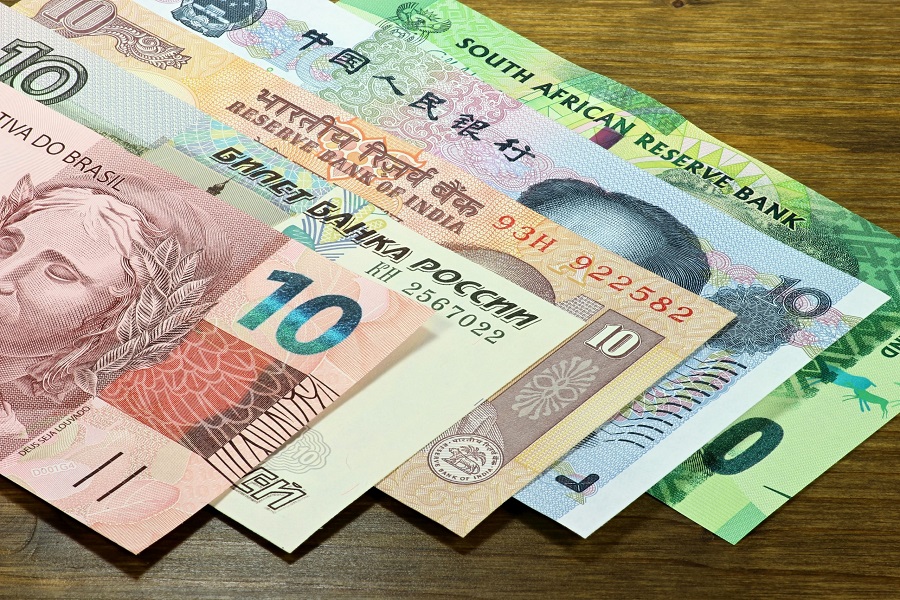RIO DE JANEIRO, BRAZIL – Currencies such as the Mexico’s peso, the Brazilian real, and Hungary’s forint stand out amid interest rate hikes by Central Banks.
The policies of Central Banks unwilling to take risks with inflation will dictate the winners among emerging market currencies. The key lies in identifying those who are ready to turn rhetoric into action.
Recent winners include the Mexican peso, the Brazilian real and Hungary’s forint, currencies whose central banks raised interest rates this month, protecting their relative yield advantage against accelerating prices and the prospect of rising rates in the United States.

The Russian ruble outperformed most of its peers on Monday. Russia’s Central Bank President Elvira Nabiullina said the monetary authority may assess an interest rate hike in July. Attention now turns to Colombia, Turkey, and Poland, where Central Banks are expected to decide the course of monetary policy in the coming weeks.
Last week’s wave of tightening boosted the markets. A developing world currency indicator rallied after the biggest 5-day drop in 9 months, boosted by Mexico’s surprise interest rate hike, which appreciated the peso by almost 2% on Thursday.
In Hungary, the Central Bank signaled that it may follow through with more hikes, propelling the forint to its largest weekly gain against the Euro in over a month.
This shows that although the Federal Reserve is likely to keep interest rates near zero until 2023 – reducing the risk of outflows from the asset class – investors are placing a premium on countries with a monetary policy tightening stance amid the global economic upturn.
“Faster-than-expected monetary tightening is contributing to this rally,” said Crédit Agricole CIB’s head of emerging markets strategy Sébastien Barbé. “Mexico surprisingly raised interest rates, and now emerging market investors are increasingly wondering who will be next.”
Aggregate interest rate hikes by emerging market Central Banks reached 205 basis points in June from an average of 109 in April and May, according to Crédit Agricole. In Brazil, the Central Bank led the way, more than doubling the SELIC level, and financial markets are pricing further increases in 2021, leading to a nearly 6% gain in the Brazilian real in June.
Wells Fargo is more bullish on the real and ruble as Brazil and Russia’s Central Banks look “the two most hawkish,” or inclined to tighten monetary policy, in developing economies, said strategist Brendan McKenna in New York. The currencies are among the biggest winners in emerging markets this year.

